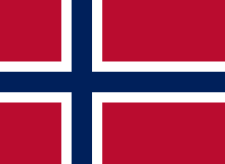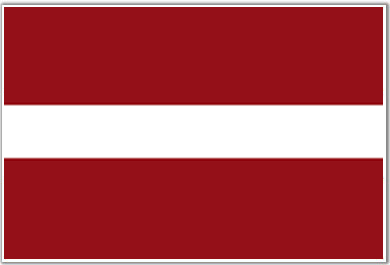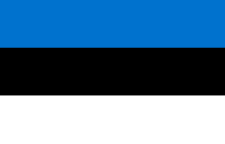Nordic Breads
Let's discover the traditional breads of the Nordic and Baltic countries: dark breads, often rich in seeds and fibres and generally baked in a mould. This type of bread is gaining in popularity all over the world.
Let's discover the traditional breads of the Nordic and Baltic countries: dark breads, often rich in seeds and fibres and generally baked in a mould. This type of bread is gaining in popularity all over the world.
 Danemark
DanemarkThe traditional Danish bread is Rugbrød.
Its reputation has reached beyond the borders of Denmark and it is consumed in many countries today.
This dark rye bread baked in a rectangular mould is made with rye flour, numerous whole grains and it contains sourdough. It is often rich in fibre. Slices of rugbrød are particularly used by the Danish every day for their smørrebrød ("buttered bread"): slices of bread and butter with charcuterie, fish, scrambled eggs and vegetables, as desired.
 Iceland
IcelandRúgbrauð which means “rye bread baked in a geyser” is the typical Icelandic bread. Traditionally, they were buried for several hours close to a hot spring, which results in a dark, dense and moist centre. Today it is also made industrially following more conventional processes.
 Norway
NorwayGrovbrød, which means "coarse bread" in Norwegian, is bread mainly made of wholemeal flour or wheat bran and sometimes accompanied with whole grains.
 Latvia
LatviaRupjmaize is the typical bread in Latvia, made from rye flour, malt and caraway seeds. It has an elongated shape and rounded ends. It is particularly used in thin slices for a traditional dessert: Rupjmaizes kārtojums made of bread, whipped cream and cranberry jam.
 Lithuania
LithuaniaJuoda ruginė duona is a traditional bread from Lithuania, made only of rye flour, yeast and water. This bread is baked in an oven and then stored in a cold place.
 Estonia
EstoniaMust Leib, which means “black bread" is very popular in Estonia. It is sacred for Estonians. For example, if someone drops a slice of bread, they have to kiss it as they pick it up.